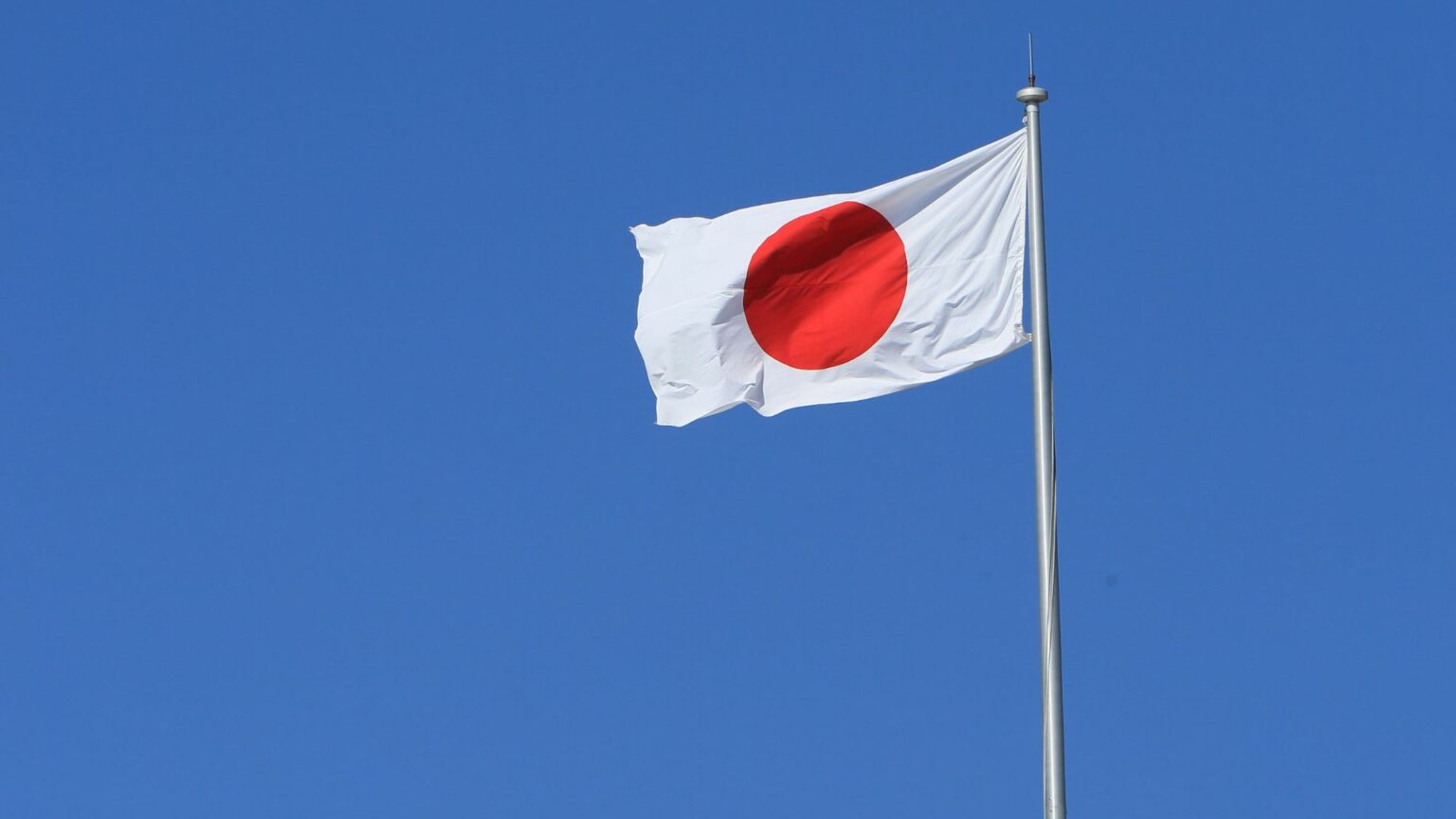In an effort to reduce its heavy reliance on fossil fuels, the Chugoku region of Japan is implementing a strategy centered on ammonia and hydrogen co-firing for thermal power generation.
This move is crucial for an area where fossil-fueled power plants currently account for 53.2% of total power, significantly above the national average. The strategy aims to decarbonize the industrially dense Setouchi area and mitigate the region’s high CO2 emissions. This article critically examines Chugoku’s strategy, comparing it with industry benchmarks and evaluating its feasibility and potential impact.
The Chugoku region is notable for its large industrial complexes, producing a diverse array of products from refined petroleum to semiconductors. This industrial activity results in a high carbon footprint, with 3,500 tons of CO2 emitted per ¥1 billion ($6.4 million) of Gross Regional Product (GRP), about twice the national average. To address these emissions, the Chugoku Bureau of the Ministry of Economy, Trade, and Industry (METI) has proposed replacing fossil-based power generation with ammonia/hydrogen co-firing.
The strategy estimates that by 2030, the region will need approximately 3.21 million tons of ammonia and 270,000 tons of hydrogen annually for 20% co-firing. To fully decarbonize thermal energy generation by 2030, these requirements jump to 16.03 million tons of ammonia and 1.36 million tons of hydrogen. This presents a significant challenge, considering the global seaborne ammonia trading market currently stands at 17 million tons.
The Chugoku region’s existing production capacity of 2 million tons of fossil-based ammonia is set to close within the decade, necessitating substantial imports. Furthermore, industrial stakeholders have expressed concerns about the feasibility of equipment retrofits, securing finance, and regulatory compliance.
Comparing Chugoku’s efforts to global benchmarks, JERA, a major Japanese power company, plans to handle 7 million tons of ammonia by 2030, with ambitions to increase ammonia co-firing to 50% in the 2030s and achieve 100% substitution in the 2040s. This highlights the scale and ambition required to meet decarbonization targets.
The Chugoku Bureau’s strategy emphasizes collaborations, joint ventures, and concentrated demand centers with common-use infrastructure to scale and de-risk the ammonia supply chain. This collaborative approach is essential for overcoming the financial and technical challenges identified by industry stakeholders.





